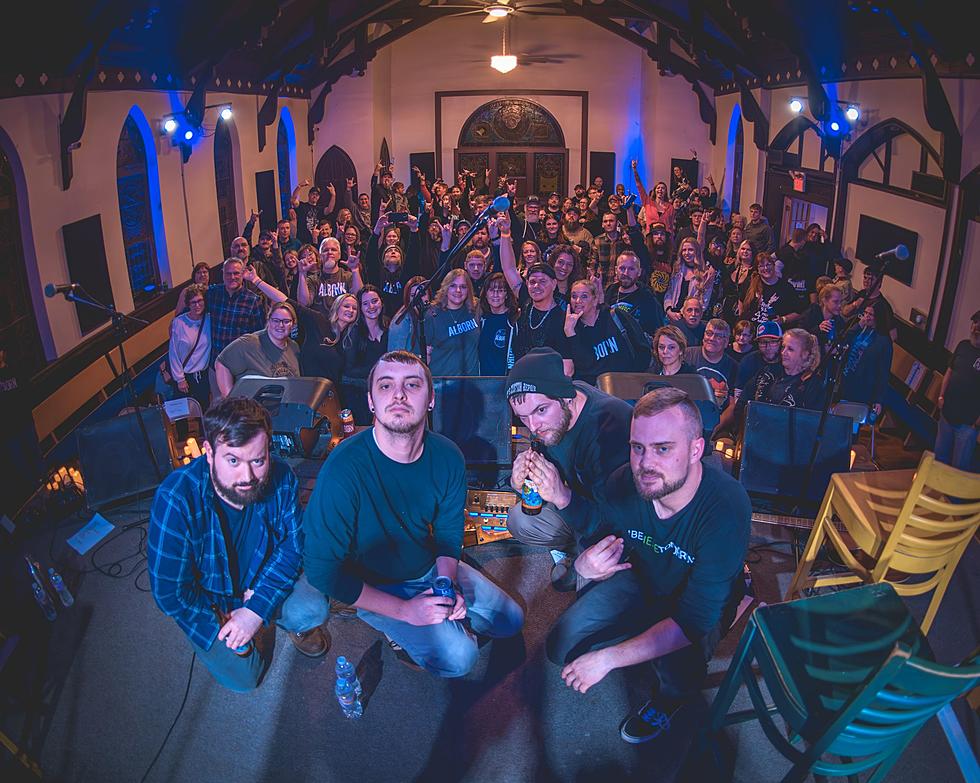
Now THAT Is One Mammoth Meatball… Seriously!
And this my friends is how Jurassic Park begins... according to a recent report from Reuters a giant meatball has been crafted by cultivating flesh using the DNA of the extinct woolly mammoth.
This monstrous meatball was unveiled at Nemo, a science museum in the Netherlands and was created by an Australian cultured meat company named Vow. Vow has said they wanted to get people talking about cultured meat; calling it a more sustainable alternative to real meat.
The meatball was made of sheep cells inserted with a singular mammoth gene called myoglobin. Myoglobin is responsible for the aroma, color, and taste of a meat according to Vow’s chief scientific officer. Here's where things get funky, since the mammoth’s DNA sequence a few gaps, African elephant DNA was inserted to complete it. Check out the full Ted Talk details from Vow below.
“Its protein is literally 4,000 years old. We haven’t seen it in a very long time. That means we want to put it through rigorous tests, something that we would do with any product we bring to the market.”
-Tim Noakesmith, Vow co-founder
Of course cultured meat, sometimes called lab-grown, clean, or cultivated meat, is grown in a lab from a few animal cells. It's real meat, but does not require animals to be slaughtered to obtain it. The goal is to create a more ecologically friendly and humane meat industry. Some industry experts think this process, called cellular agriculture, is the wave of the future. By the end of the year 2019, 55 companies worldwide were working on the process.
However it's still early days for cultured meat. We're not even sure how healthy or cost-effective cultured the meat will be As of now, we also don't know if it will taste good enough to make people want to buy it. Additionally, it could be months or years before you see cultured meat on store shelves or served at restaurants.
According to WebMD to make lab-grown meat, scientists take stem cells from an animal and "bathe" the cells in a liquid containing nutrients to help them duplicate. They then put them into a bioreactor, which is a lab device for growing organisms. This process can take 2 to 8 weeks depending on the type of meat.
Once the "unstructured" meat has developed, the next step is to make it a realistic meat product. Companies are trying to find the best way to produce burgers, nuggets, and other products from cultured meat. Companies are using building blocks made from soy protein, gelatin, and other sources to help shape their lab-grown meat. It's important to note that although no animals are slaughtered in the process, the meat is still not Vegan as it consists of animal protein strands and cells.
As for the price, scientists made the first cultured meat hamburger in 2012 and it cost approximately $325,000 to create. The hope is that as technology advances, the cost of cultured meat should go down. Experts predict that large-scale production could bring the cost of a 5-ounce burger down to around $11.



